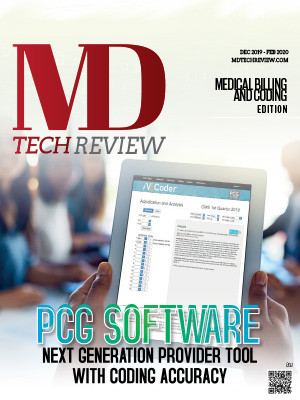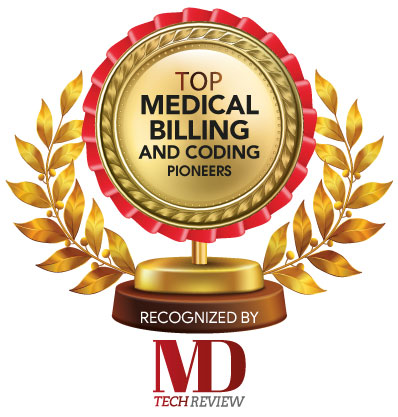The global medical billing and coding market is poised to expand for years to come owing to factors such as increasing healthcare expenditure, the need for risk and compliance management, and the proliferation of sophisticated technology. However, in an effort to reduce recruitment and infrastructural cost and thereby increase revenue, providers resort to third party vendors to outsource the job.
There is no denying that medical billing comes with various technical challenges such as unintentional billings, billing code errors, incorrect filings, and duplication of processes. With increasing adoption of technologies such as AI, ML, and automation, manual-intensive tasks including duplicate billing, incorrect modifiers, and inaccurate patient information can be digitized. This ensures more efficiency and quality while delivering the services to the patients. It is also important to bridge the gap between patients, healthcare service providers, and insurance companies for delivering seamless healthcare services. Healthcare providers are pushing the envelope to combine digital and telecommunication technology to find a viable solution for the same. Using natural language processing (NLP) to interpret the text on clinical documents, processes that require more human labor can be automated. As poor record keeping can lead to a variety of problems during the reimbursement process, providers are increasingly moving to platforms that integrate Electronic Health Records (EHR) with medical billing software. This allows providers to automatically populate the patient demographic data into a bill, instead of wasting time on re-entering it.
Providers are also experimenting virtual health care models for enhancing patient care more effectively. Virtual healthcare can bring significant return on investment as this service evolves to a value-based care and compensation model. The challenge here is that the rules for billing telemedicine varies among government and private third party insurance companies. Adding to that, billing a virtual patient visit and billing an in-person visit are not the same. For most smart providers, the year 2019 is all about integrations. Providers are looking for effective and efficient ways to seamlessly integrate medical billing software, CAC, and EHR, in order to make a variety of processes smarter. Blockchain technology has also found its way in the healthcare sector. As it is as a way to improve the standardization and security of health data, solutions that leverage blockchain technology will gain immense popularity. To assist industry leaders navigate their business in the right direction while adopting medical billing and coding solutions, the editorial panel of MD Tech Review magazine has analyzed emerging trends and filtered out solutions that genuinely address the existing challenges in this space.
This edition of MD Tech Review magazine lists top 10 medical billing and coding solution providers who are leading the world market in providing the best quality solutions and systems. This list gives you some of the prominent companies in the industry that have proved its expertise with their service portfolio in medical billing and coding landscape. Through this we aim to bring businesses and solution providers closer and transform various processes as to deliver seamless and error-free services.














